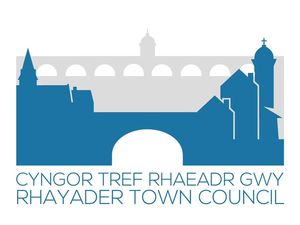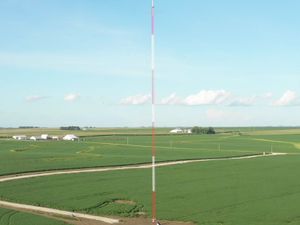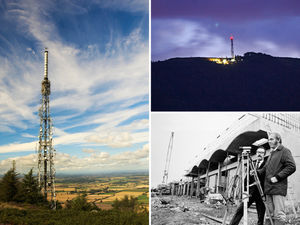What is a bomb cyclone? Everything you need to know about the storm raging in the US
Storm Grayson is expected to bring rain, high winds, coastal flooding and several inches of snow in some areas.
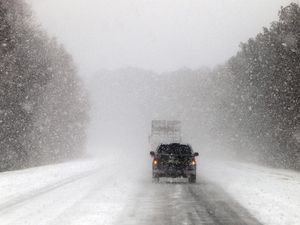
A brutal storm is wreaking havoc in various parts of the US, extending a cold snap that has been linked to at least 17 deaths.
Forecasters warned that Storm Grayson will strengthen into a “bomb cyclone” as moves up the East Coast, bringing rain, high winds, coastal flooding and several inches of snow in some areas.

What is a bomb cyclone?
A bomb cyclone, also known as a weather bomb, is the unofficial term for what meteorologists call explosive cyclogenesis or bombogenesis.
It is an area of low pressure that is formed dramatically in a short period of time. For a cyclone to qualify, it needs to drop by 24 millibars (a pressure unit used by meteorologists) in 24 hours.
National Oceanic and Atmospheric Administration (NOAA) scientists estimate the central pressure will drop below 950 millibars at its peak, making Grayson one of the strongest storms in the US in recent history.
Meteorologist Eric Holthaus describes the storm as “one of the fastest intensifying cyclones ever measured”.
What causes it?
Bomb cyclones occur when dry air in the stratosphere, the second-closest atmospheric layer to the Earth’s surface, flows to an area of low pressure to try and equalise the differences in pressure.
This makes the air in the low-pressure area rise and spin, causing a cycle of lowering pressure.
Here, the explosive cyclogenesis is being caused by the storm moving over the warm waters of the Atlantic and the Gulf stream at the same time as the Arctic air is moving in from the west.
What has happened so far?
According to the National Weather Service (NWS), the storm which began near the mid-Atlantic coast will travel northeastward into southeastern Canada by Friday morning, bringing in snow, ice, rain, strong winds and flooding along the way.
The NWS recorded 1.2 inches (3cm) of snow in Savannah, a coastal city in Georgia, which is the first measurable snowfall there since February 2010.
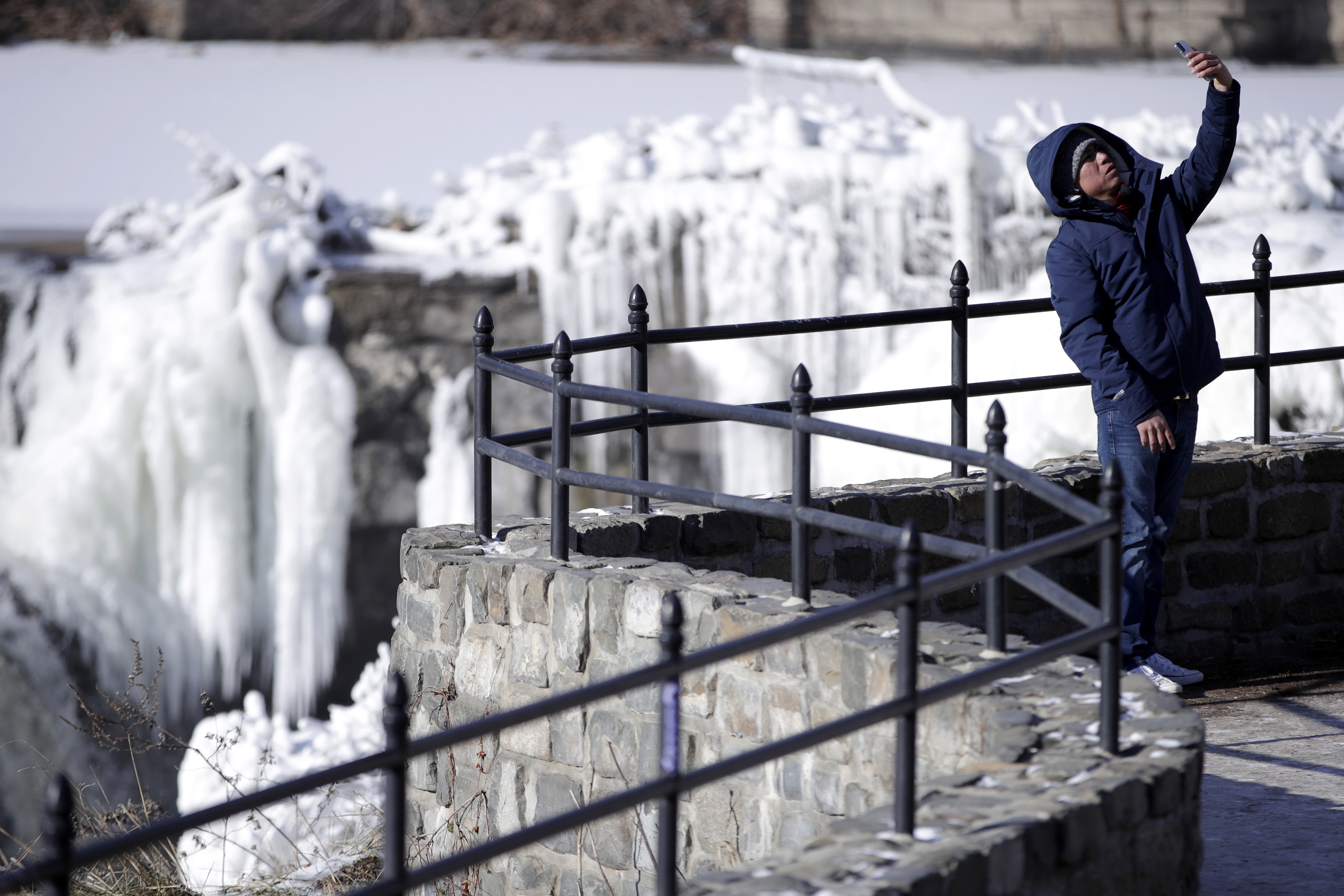
Blizzard warnings have been issued from Rhode Island to Maine, while in Jacksonville, Florida, temperatures are expected to plummet to minus 28C.

